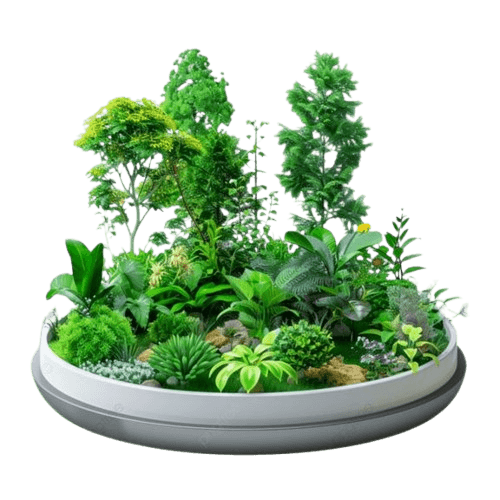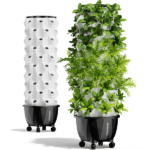FREQUENTLY ASKED QUESTIONS ABOUT
Amanita Mushrooms

Amanita mushrooms are a diverse genus of fungi known for their distinctive characteristics and potential benefits. Some species, such as Amanita muscaria (fly agaric), are famous for their psychoactive properties, while others are valued for their medicinal qualities.
While some species of Amanita mushrooms have psychoactive effects and are consumed for recreational or therapeutic purposes, others can be toxic or deadly. It is crucial to know the specific type of Amanita mushroom you are considering and to consult with a healthcare professional before consumption.
Microdosing Amanita mushrooms may provide various potential benefits, including enhanced creativity, improved focus, reduced anxiety, and increased emotional well-being. However, scientific research on microdosing and its effects is still in its early stages.
Amanita mushrooms can be consumed in various forms, including dried, powdered, or as extracts. It’s essential to start with a small dosage to assess your tolerance, especially when microdosing.
Some individuals may experience side effects such as nausea, dizziness, or altered perceptions. These effects can vary based on the type of Amanita mushroom and the dosage consumed. It’s recommended to approach consumption cautiously and seek medical advice if necessary.
Growing Amanita mushrooms can be challenging, as they often require specific environmental conditions and host trees. If you are interested in cultivating mus
You can purchase Amanita mushrooms from reputable online retailers, including specialized stores that focus on natural products and fungi. Ensure that the supplier provides quality assurance and detailed information about the specific mushroom species.
The legal status of Amanita mushrooms varies by location. While some species are legal to possess and use in certain areas, others may be restricted. It’s essential to check the laws in your region before purchasing or consuming Amanita mushrooms.
Hydroponic gardening is a method of growing plants without soil, using nutrient-rich water instead. This system allows for efficient growth and can be done indoors or outdoors, using various types of equipment tailored for different plants and environments.
There are several types of hydroponic systems, including:
- Nutrient Film Technique (NFT): A thin film of nutrient solution flows over the roots of plants.
- Deep Water Culture (DWC): Plants are suspended in nutrient-rich water with their roots submerged.
- Ebb and Flow (Flood and Drain): The growing area is flooded with nutrient solution and then drained.
- Aeroponics: Roots are misted with nutrient solution in a controlled environment.
- Wick System: Nutrients are drawn up to the plants through wicking material.
Basic hydroponic gardening equipment includes:
- Growing Containers: To hold plants and the growing medium.
- Nutrient Solution: A water-soluble fertilizer to nourish the plants.
- Water Pump: To circulate the nutrient solution (for systems like DWC and Ebb and Flow).
- Air Pump and Air Stones: To provide oxygen to the roots in systems like DWC.
- Grow Lights: Essential for indoor gardening to provide adequate light for photosynthesis.
- pH and EC Meters: To monitor nutrient levels and pH balance.
While many plants can be grown hydroponically, some varieties thrive better than others. Leafy greens, herbs, and strawberries are popular choices. Larger plants, such as tomatoes or cucumbers, can also be grown but may require more robust support structures.
It is generally recommended to change the nutrient solution every 1-2 weeks. Regularly monitoring the solution’s pH and nutrient levels will help determine when it needs to be replaced.
The ideal pH level for most hydroponic plants is between 5.5 and 6.5. You can adjust pH levels using pH up or down solutions, available at garden centers. Regular testing with a pH meter is essential to maintain optimal conditions.
Hydroponic gardening offers numerous benefits, including:
- Faster plant growth due to optimal nutrient delivery.
- No soil-related pests and diseases.
- Ability to grow in smaller spaces, making it ideal for urban gardening.
- More efficient use of water compared to traditional gardening methods.
The initial investment for hydroponic gardening can vary based on the type of system and equipment you choose. While some systems can be cost-effective, others may require a larger investment. However, the potential for faster growth and higher yields can offset these costs in the long run.





